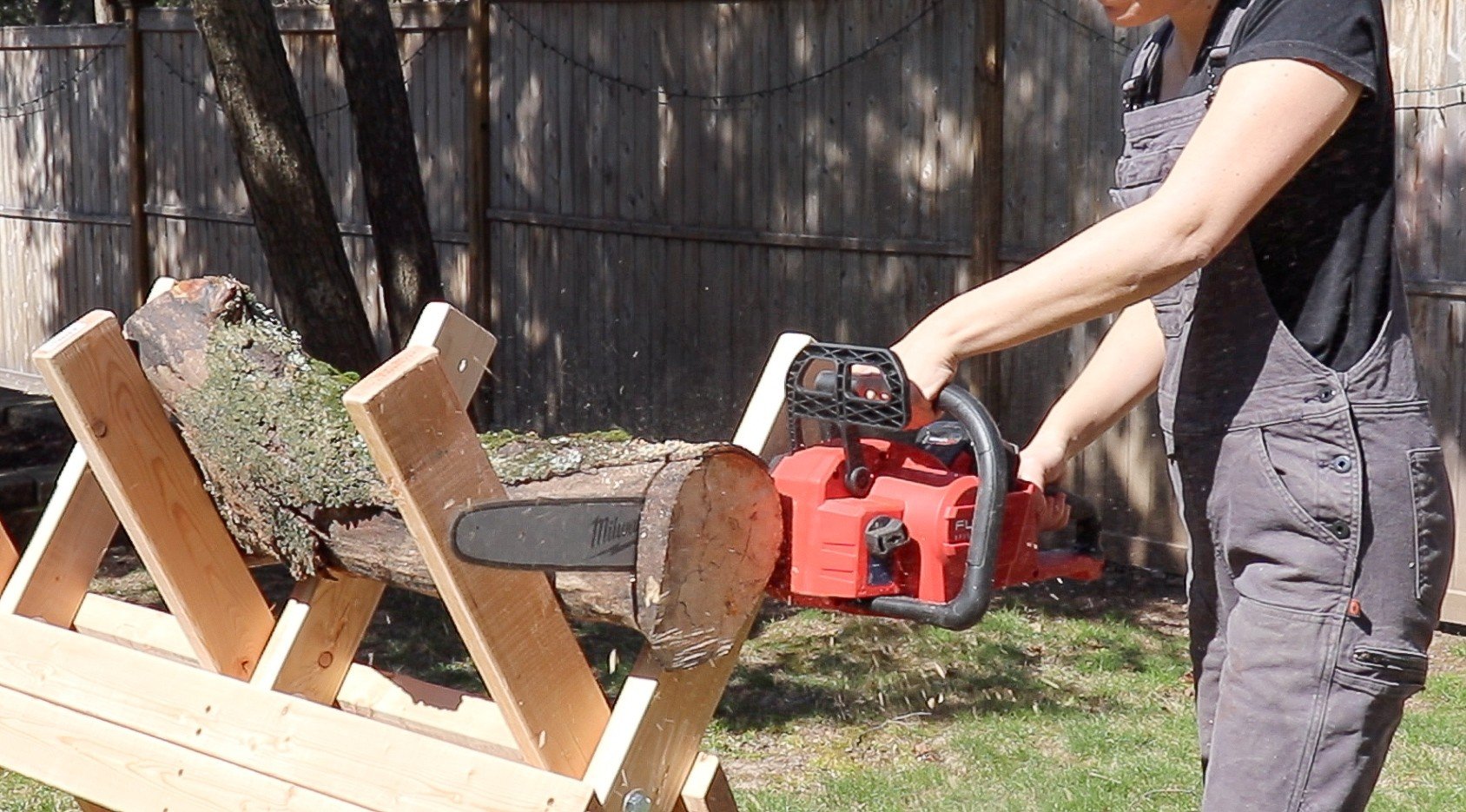The cordless chainsaws from Makita are powered by advanced lithium-ion batteries that deliver impressive performance without the hassle of cords or gas. These models are lightweight, making them easy to handle for extended periods, which is ideal for homeowners and occasional users. They are perfect for quick jobs and feature a fast-charging system that minimizes downtime. With options that include brushless motors, users can expect high efficiency and long runtime, making cordless chainsaws an attractive choice for a variety of outdoor tasks.
On the other hand, Makita's gas chainsaws are designed for heavy-duty work, offering robust power and performance that can tackle even the toughest jobs. These models are often preferred by professionals, as they provide unlimited run-time as long as you have fuel on hand. Gas chainsaws typically feature larger bar lengths, enabling users to cut through larger trees and tougher materials with ease. Whether for logging, storm cleanup, or landscaping, gas models stand out due to their durability and high cutting speed.
When evaluating your options in a Makita Chainsaw Comparison, it’s essential to consider factors such as intended use, mobility, and maintenance requirements. For casual users or those who prioritize convenience, cordless models may be the way to go. Conversely, if you need a powerful tool for professional tasks or extensive outdoor projects, a gas model might be the better fit. Regardless of which type you choose, Makita chainsaws are renowned for their reliability and performance, making them a popular choice in the market.
Benefits of Cordless Chainsaws
When considering the Makita Chainsaw Comparison, one can't overlook the numerous benefits that cordless chainsaws bring to the table. First and foremost is their convenience. Without the hassle of cords or the need for gas, cordless chainsaws allow users to move freely about their work area. This is especially helpful for those tackling large outdoor projects, as you can easily maneuver around trees and obstacles without being tethered to a power source.
Another significant advantage is the reduced noise level of cordless chainsaws. Unlike gas models, which can be quite loud and disruptive, these battery-powered tools operate quietly. This makes them ideal for residential areas where noise restrictions may apply. Using a cordless chainsaw means you can work at any time of day without upsetting your neighbors.
Additionally, cordless chainsaws require less maintenance than their gas counterparts. There’s no need to mix fuel or perform regular engine care, which can save both time and money. With just a bit of regular cleaning and battery upkeep, you can keep your cordless chainsaw in excellent condition. This simplicity is a major selling point for DIY enthusiasts and those who prefer hassle-free tools.
Moreover, today's cordless chainsaws are designed with powerful batteries that provide impressive runtime. Many models can handle significant cutting tasks before needing a recharge, making them reliable for most jobs. The combination of power, portability, and ease of use makes cordless chainsaws a compelling option to consider, especially when reflected in the Makita Chainsaw Comparison with gas models.
Advantages of Gas Chainsaws
Another significant advantage of gas chainsaws is their operating time. With a gas-powered model, you can cut for extended periods without the worry of battery life. This is particularly beneficial for professionals or those who have substantial yard work to tackle. Simply refill the gas tank, and you're ready to keep going—no need to pause for recharging breaks.
Furthermore, gas chainsaws generally feature a higher chain speed, which translates to faster cutting. This speed can dramatically reduce the time spent on projects, allowing users to accomplish more in less time. For anyone involved in extensive landscaping or timber work, this efficiency can be a game-changer.
Maintenance for gas chainsaws can be easier to manage as well. While they do require regular upkeep, such as oil and air filter changes, many users find that the mechanics are simpler and more straightforward compared to the electrical components found in cordless models. This reliability and ease of repair make gas chainsaws a favorite among seasoned users in the Makita Chainsaw Comparison.
Choosing the Right Model for You
When it comes to the Makita Chainsaw Comparison, choosing the right model can feel overwhelming. With various options available, it’s essential to consider your specific needs before making a decision. Whether you require a tool for heavy-duty tasks or light trimming around your garden, understanding the differences between cordless and gas models will help you make the best choice.
Cordless models are perfect for homeowners who want a convenient and lightweight solution. They are easy to start and quiet in operation, making them ideal for residential areas. With advancements in battery technology, some cordless Makita chainsaws offer impressive run times, allowing you to tackle most small to medium-sized jobs without frequent recharges. If you plan to work on projects in tight spots or areas without easy access to power outlets, a cordless model could be your best bet.
On the other hand, gas models are designed for professionals or those who need a chainsaw for more demanding tasks. These saws typically provide greater power and longer run times compared to their cordless counterparts. If you frequently cut down large trees or need to handle heavy wood, a gas model will deliver the performance you need. Keep in mind that gas chainsaws require more maintenance and are often heavier, so consider your comfort and the nature of your tasks before deciding.
Ultimately, your choice in the Makita Chainsaw Comparison should reflect your unique requirements and preferences. Think about factors such as the type of projects you'll be working on, the frequency of use, and whether you value convenience over power. By carefully assessing these aspects, you can confidently select the right model that suits your chainsaw needs.
